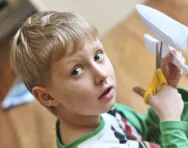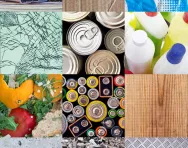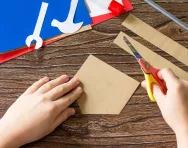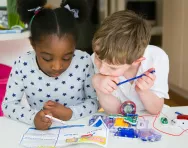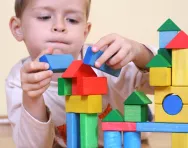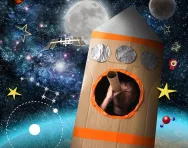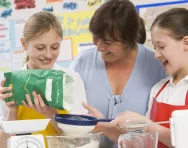Important update from TheSchoolRun
For the past 13 years, TheSchoolRun has been run by a small team of mums working from home, dedicated to providing quality educational resources to primary school parents. Unfortunately, rising supplier costs and falling revenue have made it impossible for us to continue operating, and we’ve had to make the difficult decision to close. The good news: We’ve arranged for another educational provider to take over many of our resources. These will be hosted on a new portal, where the content will be updated and expanded to support your child’s learning.
What this means for subscribers:
- Your subscription is still active, and for now, you can keep using the website as normal — just log in with your usual details to access all our articles and resources*.
- In a few months, all resources will move to the new portal. You’ll continue to have access there until your subscription ends. We’ll send you full details nearer the time.
- As a thank you for your support, we’ll also be sending you 16 primary school eBooks (worth £108.84) to download and keep.
A few changes to be aware of:
- The Learning Journey weekly email has ended, but your child’s plan will still be updated on your dashboard each Monday. Just log in to see the recommended worksheets.
- The 11+ weekly emails have now ended. We sent you all the remaining emails in the series at the end of March — please check your inbox (and spam folder) if you haven’t seen them. You can also follow the full programme here: 11+ Learning Journey.
If you have any questions, please contact us at [email protected]. Thank you for being part of our journey it’s been a privilege to support your family’s learning.
*If you need to reset your password, it will still work as usual. Please check your spam folder if the reset email doesn’t appear in your inbox.
What is taught in KS1 design and technology
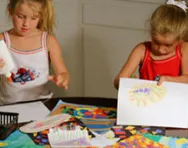
In design and technology (DT) lessons in KS1, children explore the following skills:
- Evaluating current products and thinking about how they want to produce their own product.
- Designing purposeful products for themselves, based on particular criteria.
- Generating ideas through talking and drawing.
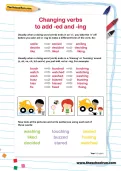
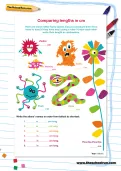
Start the Year 1 Learning Programme!
- Weekly maths & English worksheets direct to your inbox
- Follows the National Curriculum
- Keeps your child's learning on track
- Selecting from a range of tools, equipment and materials.
- Building structures, thinking about how they can be made stronger and more stable.
- Exploring mechanisms (levers, sliders, wheels).
- Evaluating their finished product against the design criteria.
KS1 Design & Technology lesson examples
Here are some specific examples of what a DT exercise might involve:
- Year 1 pupils design a fruit salad to encourage children to eat more fruit. Their design is based on fruit properties, appearance, taste, smell and texture.
- Year 1 and 2 pupils use multimedia software to create a presentation to tell younger children about the people who help them get to school. Working in teams, they are each given a specific responsibility in creating the presentation.
- Year 2 pupils investigate how simple mechanisms can make moving pictures for use in storytelling activities. They then have a go at making their own simple levers and sliders.
- Using a doll for a model, year 2 children design and make their own Joseph Coat of Many Colours. They explore single and repeat patterns on a variety of fabrics, and use computer-generated as well as paper patterns.
Help your child with DT projects at home
- Your child can practise design skills by, for example, cutting out pictures from old magazines or cards, and folding and manipulating the paper to make moving pictures. Or they could use playdough or plasticine to model their ideas.
- Create a ‘design box'. Recycle things like empty egg boxes, pipe cleaners, lolly-pop sticks, elastic bands, cotton reels, bits of card and plastic. Include masking tape, a hole punch and scissors. Your child can use these to create anything – miniature playground frames and swings, houses, furniture, or even alien beings!
- Ask your child to look for examples of levers and sliders at home. Investigate how doors hang, flaps swing, drawers slide, buttons press and locks click. Encourage your child to be more aware of how things have been designed around the home for specific purposes and people.
- Ask your child how he or she might go about creating a fruit or vegetable salad or smoothie that is designed to look and taste great. Talk about the type of ‘treatment' different fruit and vegetables require before they can be eaten, such as washing, cooking and peeling.
